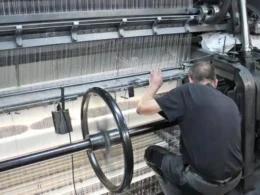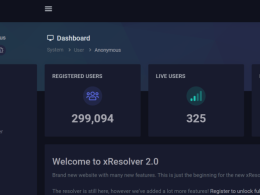Key Takeaways:
- Regular roof maintenance is a cost-saving measure and a strategic business decision.
- Choosing appropriate materials and employing new technologies are critical to achieving a resilient roofing system.
- Understanding warranty terms and knowing when to seek professional help ensures a healthy commercial roof life cycle.
- Routine inspections and prompt repairs are essential in preventing leakage and structural damage.
Table of Contents:
- Understanding the Significance of Commercial Roof Maintenance
- Choosing the Right Materials for Roofing Projects
- Strategies for Effective Leak Prevention
- Scheduling Professional Inspections: When and How Often
- Repair vs Replacement: Making the Right Decision
- Navigating Commercial Roofing Warranties and Guarantees
- The Role of Technology in Roofing Maintenance
- Dealing with Emergency Repairs: Steps to Minimize Damage
Understanding the Significance of Commercial Roof Maintenance
A reliably constructed commercial roofing system acts as the first line of defense against the elements, safeguarding the valuable assets of businesses from damage. Regularly scheduled maintenance and thorough inspections not only extend the service life of a commercial roof but save money on potential emergency repairs and disruptions to operations. A proactive roof maintenance program should include scheduled checks for common problems such as splits in the roofing membrane, standing water, clogged drainage, and damaged flashing.
Choosing the Right Materials for Roofing Projects
Every commercial and residential roofing project should begin with selecting the most suitable materials. This choice greatly depends on the roof’s specific environmental challenges, including temperature variations, precipitation, wind, and exposure to ultraviolet rays. While traditional materials such as asphalt shingles and metal roofing remain popular, newer materials like PVC and TPO membranes offer increased durability and reflectivity, contributing to energy savings. It’s also crucial to consult with roofing professionals to determine the material that best aligns with your business’s needs and budgetary considerations.
Strategies for Effective Leak Prevention
Leak prevention is at the core of commercial roof maintenance, and a well-executed strategy can significantly prolong the life of your roof. Tactics include:
- Routine checks for and repair of minor cracks and tears.
- Ensuring proper drainage to prevent water pooling.
- The application of sealants and coatings provides an additional layer of protection.
Scheduling professional evaluations also enables pinpointing of less visible weaknesses. Regular maintenance, particularly before the onset of extreme weather, can guard against leaks that could otherwise lead to extensive and costly damage.
Scheduling Professional Inspections: When and How Often
Although routine self-inspections can be helpful, professional inspections by certified roofing experts are invaluable. These should occur at least twice a year, ideally during spring and fall, to prepare for and recover from the harshest weather conditions. A professional eye can catch early signs of wear and tear that untrained observers might miss. During these inspections, specialists will assess the integrity of the roofing membrane, the condition of the insulation, and the functionality of drainage systems. They might also provide documentation and recommendations on any necessary reparations or upgrades.
Repair vs Replacement: Making the Right Decision
Decision-making around whether to repair or replace a commercial roof hinges on several factors, including the roof’s age, the extent and nature of the damage, and the overall costs involved—both immediate and future. Occasionally, a repair may be a short-term solution for a roof nearing the end of its life span. Consequently, a total replacement, albeit a significant investment, might result in more substantial savings over time. Seeking multiple professional opinions and quotes could provide clarity and direction in such situations.
Navigating Commercial Roofing Warranties and Guarantees
Risk management also involves comprehensively understanding the warranty of a commercial roofing installation. These warranties typically cover materials and workmanship to varying extents. However, they may have specific maintenance requirements that, if not followed, could void the warranty. Ensuring any changes, repairs, or enhancements are performed following the warranty agreements is critical. It is likewise sensible to keep detailed records of all maintenance activities as proof of compliance should a claim against the warranty be made.
The Role of Technology in Roofing Maintenance
Technological innovations are significantly impacting the commercial roofing sector. Infrared scanners can detect moisture trapped within the roof system that’s invisible to the naked eye, and drone technology allows for rapid and thorough inspections with minimal risk. Software solutions also play a role in managing and documenting maintenance history.
Dealing with Emergency Repairs: Steps to Minimize Damage
Even with diligent maintenance, roofing emergencies can occur. Being prepared with an emergency plan can significantly reduce response times and mitigate the extent of damage. This plan should ideally include the contact information of a reliable roofing contractor who can provide prompt service. Quick fixes such as tarpaulins can provide temporary protection against the elements until professional repairs can be made.




